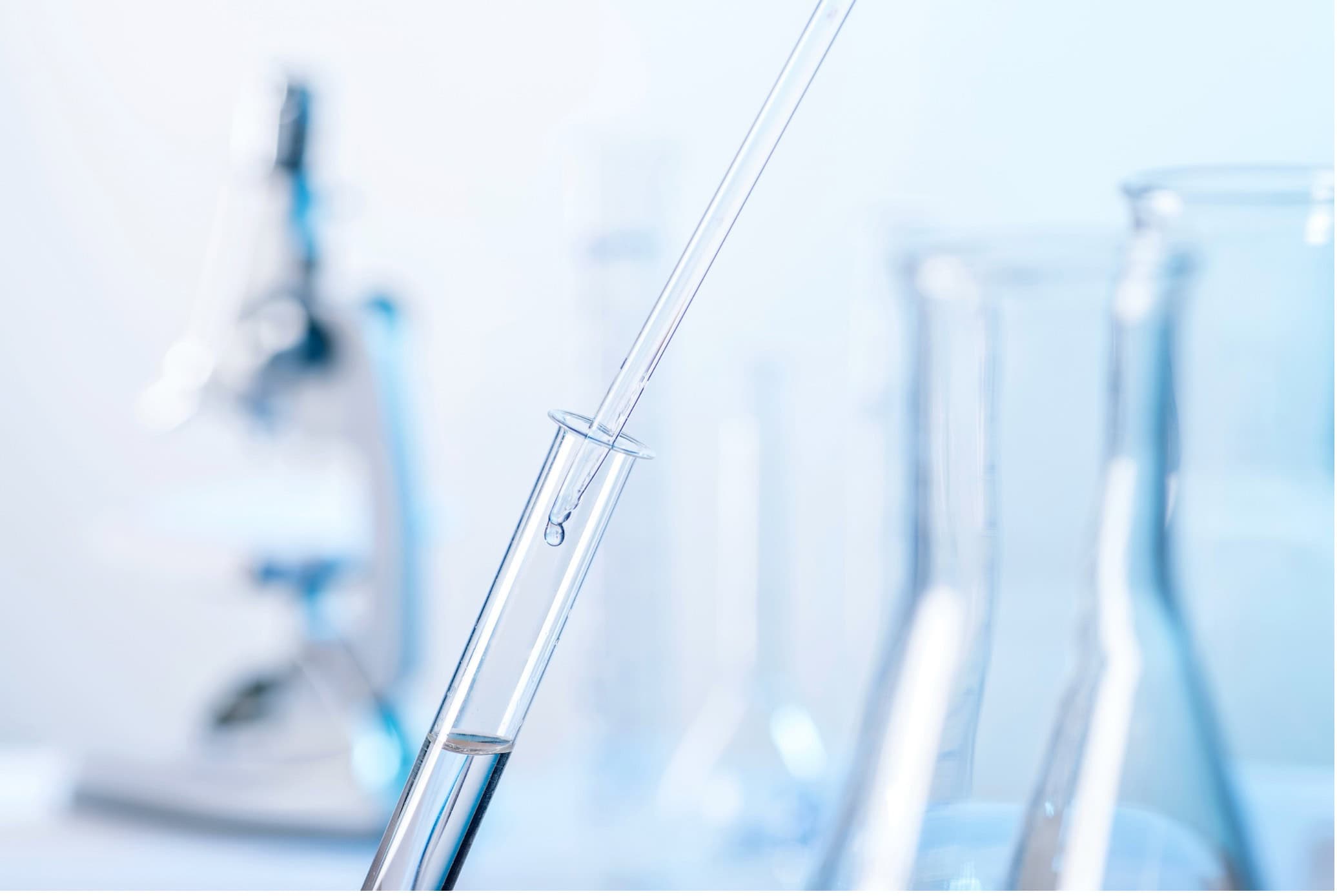Wien, 01.08.2024 – Text: Catarina Carrão
In vitro diagnostic (IVD) medical devices
In vitro diagnostic (IVD) devices play a critical role whether to help diagnose diseases or conditions, monitor health status, or guide treatment decisions. For these reasons, a new Amending Regulation [EU 2024/1860] was published in July 2024 to extend the IVDR transition timelines while recognizing as valid previously issued IVD Directive Certificates for the duration of those longer transition periods.*1 With the extended timelines a new opportunity for conformity with clinical performance is given to manufacturers of IVD medical devices to ensure its safety, effectiveness and reliability.
IVD classification, intended purpose and risk-based approach
In the EU 2017/746 IVD regulation,2 the definition of clinical evidence suggests a risk-based approach to define the clinical benefits, and ultimately the requirements for the device, determined by the intended purpose, classification and risk management. The regulation classifies IVDs into classes A, B, C, and D based on their intended purpose and inherent risks. The right classification rules are crucial as they influence the conformity assessment route, including the scrutiny of class D devices, the involvement of EU reference laboratories for high-risk devices, and consultations with national or the European Medicines Agencies (EMA) for companion diagnostics.3 Therefore, the performance evaluation requirements for a Class A specimen receptacle are very different than those of a Class D assay.
Clinical performance aligned with design inputs
Because of such scrutiny in terms of clinical evidence, a fully detailed understanding of the intended purpose and clinical use of the device at an early stage of product development is essential, so that the design inputs are correctly defined as they relate to the clinical performance evaluation. For newly developed assays, where published evidence is limited, the manufacturer will need to provide first of all evidence for scientific validity, i.e. the association of the analyte – the substance or chemical constituent that is being measured in the analytical procedure, with a clinical condition or a physiological state. There must be a scientifically established relationship between the biomarker or analyte detected by the IVD and the specific disease or health condition it is intended to diagnose, monitor, or predict. Such scientific validity comes from proof-of-concept studies or clinical performance studies undertaken with the device. The literature and data collected need to be summarized in the scientific validity report (SVR) as it relates to the specific claims stated by the manufacturer in the intended purpose of the device.
Furthermore, even if analytical tests can begin with laboratory-calibrated artificial samples, it is crucial for market access to evaluate the the analytical performance and clinical performance of the IVD in real-world conditions using samples from patients or volunteers.The main studied parameters of clinical performance are diagnostic sensitivity and specificity, areas under the curve (ROC curve), positive or negative predictive values, or positive and negative likelihood ratio based on a proper statistically grounded sample size. The final clincial performance evaluation report will compile the scientific validity, analytical performance and clinical performance reports of the device coming from leftover specimens, prospective samples and/or from interventional studies.
Innovative and high-risk IVDs
In the case of highly innovative IVD devices, there will be levels of uncertainty in terms of benefit-risk ratio, which will need to be balanced with post-market follow-up studies to generate additional clinical evidence in a way that can reduce this uncertainty. This is particularly relevant for IVD devices with no existing reference materials or methodologies (e.g., genetic markers), or for class C and D devices that need annual surveillance and the preparation of post-market surveillance reports or Periodic Safety Update Reports (PSUR) to keep compliance.
Conclusions
Due the wide range of application of IVDs and the rapid innovation landscape of this field, a single approach of clinical performance evaluation does not exist, but the scientific validity report, analytical performance report, and the clinical performance report together with post-market observation will generate the clinical evidence needed to demonstrate compliance with IVDR.
* The extended timelines are subject to specific conditions: (i) compliance with Directive 98/79/EC without unacceptable health or safety risks, (ii) no significant changes to the device’s design or purpose, (iii) implementation of an IVDR compliant Quality Management System by 26 May 2025, and (iv) lodging an IVDR application with a signed agreement with a Notified Body by the specified deadlines.
Transition extension deadlines:
- IVDD certified devices (Conditional to certificates validity): 31 December 2027
- Class D self-declared: 31/ December 2027
- Class C self-declared: 31 December 2028
- Class B and A-Sterile self-declared: 31 December 2029

Image: Stock Photo
Further Reading:
All references assessed 01 August 2024.
1. Regulation (EU) 2024/1860 of the European Parliament and of the Council, https://eur-lex.europa.eu/legal-content/EN/TXT/PDF/?uri=OJ:L_202401860
2. Regulation (EU) 2017/746 of the European Parliament and of the Council of 5 April 2017 on in vitro diagnostic medical devices and repealing Directive 98/79/EC and Commission Decision 2010/227/EU, https://eur-lex.europa.eu/eli/reg/2017/746/oj
3. Guidance on Classification Rules for in vitro Diagnostic Medical Devices underRegulation (EU) 2017/746, July 2024, https://health.ec.europa.eu/document/download/12f9756a-1e0d-4aed-9783-d948553f1705_en


